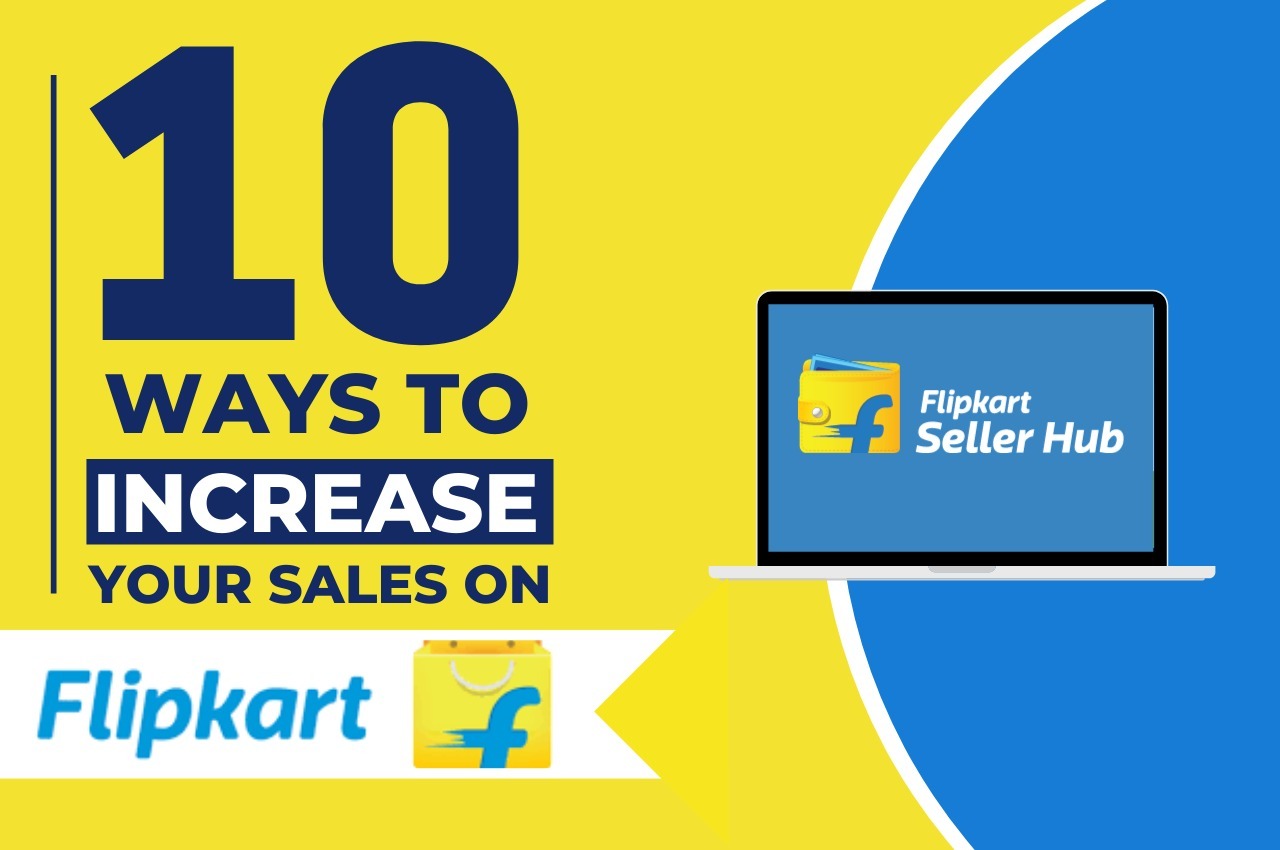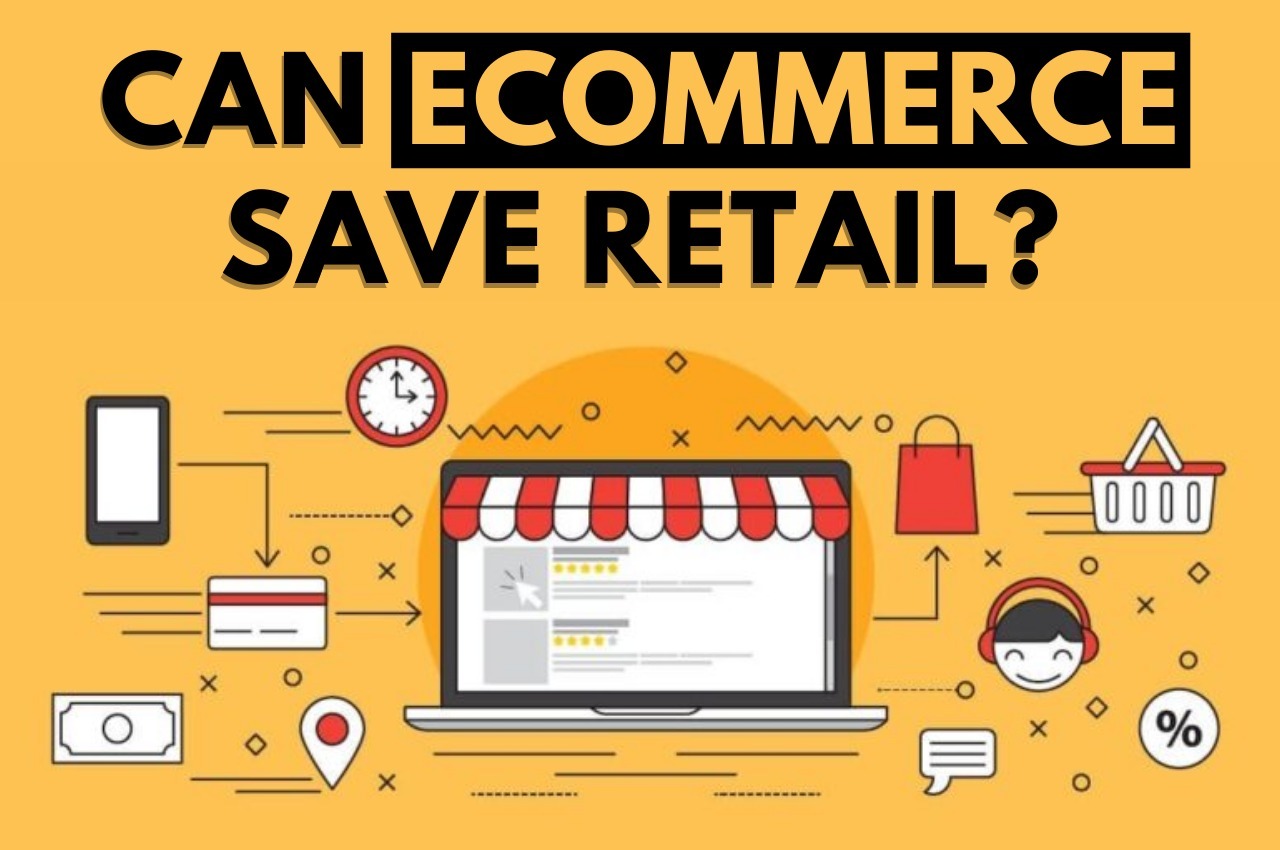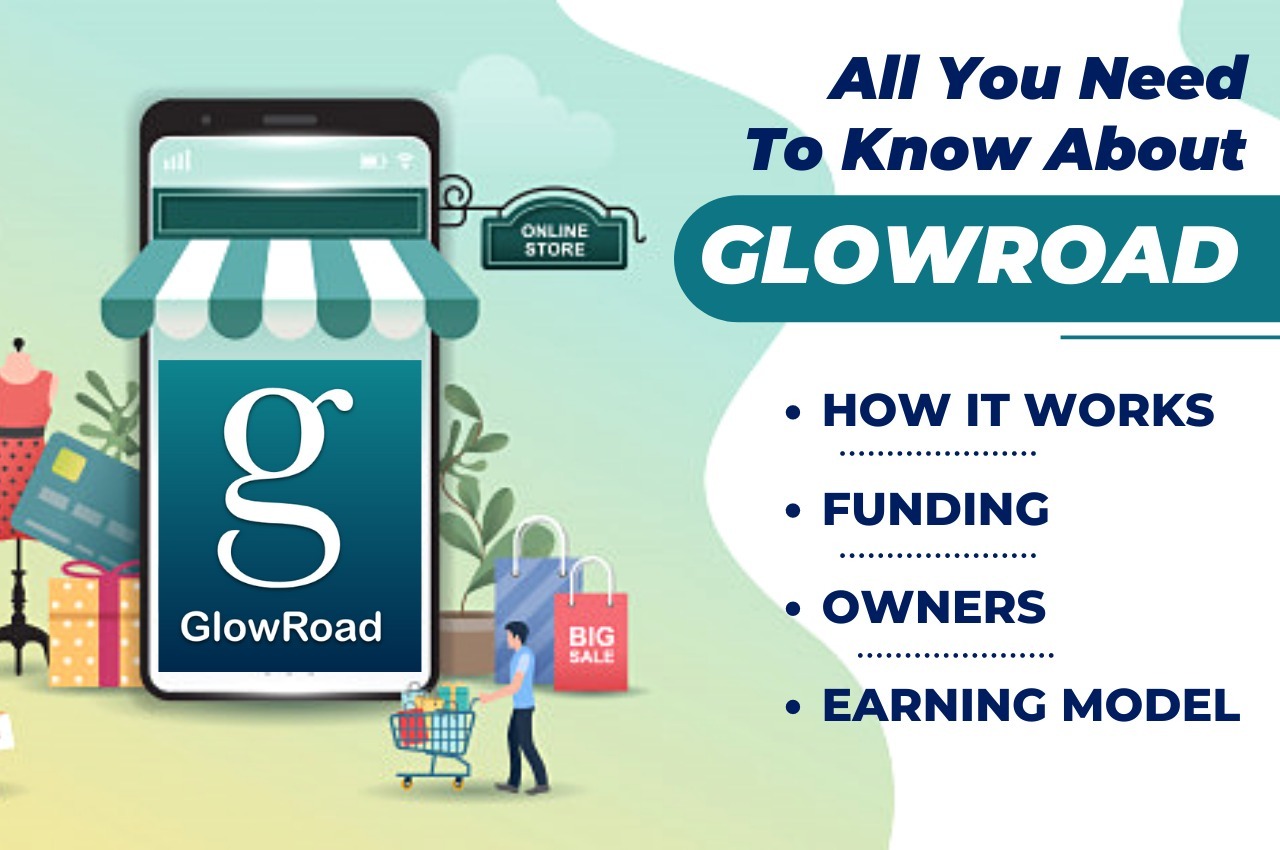Can eCommerce Save Retail?
Since the eCommerce industry took over the entire world in just a decade, there has been a lot of talk about how eCommerce is going to finish the retail industry altogether. But is it true? Is it not possible for both industries to coexist in this world? Is it possible that eCommerce can save retail? Well, let us first get a little in-depth know what exactly is retail and eCommerce.
Table of Contents
Retail
Retail is basically the sale of products/services from a business to a customer for his/her own use. A retail transaction handles small quantities of products whereas wholesale deals with the purchasing of products on an outsized scale. Do not confuse Retail transactions with online transactions; goods must be sold from one point on to a consumer for his or her end users.
A retailer may be a person or business that you simply purchase goods from. Retailers do not always produce their own items. Instead, they purchase goods from a producer or a wholesaler and sell these goods to customers in smaller quantities. Retailing is the distribution process of a retailer obtaining goods or services and selling them to customers to be used. This process is explained through the availability chain.
Types of retails
There are many different types of retails but there is no specific answer as to which retail type is better as it may depend on business to business. Some types of retails are:
- Independent retailer– An independent retailer is someone who builds their business from the bottom up and from the scratch. Usually, the owner does it all, but he/she may have assistants or hire a helping staff to help him carry out the functions of the business.
- Franchise– A franchise is an existing business plan, including a trademarked name, and already determined set of products, and established business strategies. If a retailer wants to become a part of a franchise, they are granted permission to use all of the above elements. The tradeoff to buying the rights to a franchise is that there typically are ground rules and processes that one has to follow so as to retain rights to the franchise. And, the retailer also has pay a fee to the franchise owner.
- Dealership– A dealership may be a mixture between a franchise and an independent retailer. A retailer who works with a dealership has the authority to sell a brand of products. Unlike a franchise, there are not any fees to the licensor.
- Existing retail business– An existing retail business is, because the name suggests, a retail business that’s already running smoothly. Mostly, someone inherits an existing business and takes over all the ownership.
- Network Marketing– Network marketing, or multi-level marketing, maybe a business model where the selling of products depends on the people within the network. On the one hand, an individual is selling products, but at the same time, other salespeople are also recruited to sell the same goods.
eCommerce
Ecommerce, also referred to as electronic commerce or internet commerce, refers to the buying and selling of products or services using the web, and therefore the transfer of cash and data to execute these transactions.
It is commonly referred to as the sale of physical products online, but it also can describe any sort of commercial transaction that’s facilitated through the web.
The history of eCommerce began with the most primary online sale on August 11, 1994. A person sold a CD by the band “Sting” to his friend through his website. This is often the primary example of a consumer purchasing a product from a business through the planet Wide Web—or “eCommerce” as we commonly realize it today.
Since then, it has evolved to form products easier to get and buy through online retailers and marketplaces. Freelancers, small businesses, and gigantic corporations have all reaped the benefits from e-commerce. It enables them to sell their goods and services at a scale that was not even possible with traditional offline retailing methods. Global retail eCommerce sales are projected to earn $27 trillion by 2020.
Types of eCommerce
There are mainly 4 types of eCommerce models that can describe the proper functionality:
1. Business to Consumer (B2C): When a business sells an honest or service to a private consumer (e.g. you purchase a pair of shoes from a web retailer).
2. Business to Business (B2B): When a business sells an honest or service to a different business.
3. Consumer to Consumer (C2C): When a consumer sells an honest or service to a different consumer.
4. Consumer to Business (C2B): When a consumer sells their own products/services to a business.
Now let us get to the talk of the hour!
Can eCommerce save retail?
A digital presence has certainly been an advantage for many retailers in recent years. Online grocery sales incremented to $7.2 billion USD a month this summer, rising from $1.6 billion USD last summer. Consumers have experimented a lot with new shopping methods like taxi pickup and delivery apps.
These adaptations are dependant on existing trends, as retailers are moving further into the digital universe. The research suggests that, for several customers, digital can never fully replace the social and physical aspects of shopping.
Even within the midst of an outbreak, people want to physically experience many forms of products before committing to buy them. Shoppers want to touch fabrics, assess colors without the filter of a screen, and test the comfort of furniture. Stores know this and do everything they will to urge customers back within the door, from mask requirements and fever checks to shopping by appointment.
As they stress cleanliness, close-fitting rooms, and discourage touching the merchandise, stores are taking a page out of the Zappos playbook and lengthening return policies so people can get a pity for the product reception.
Shopping is additionally an intrinsical group action. People browse stores in groups, peruse online reviews from fellow customers, and text their friends for advice on what to shop for. Customers create their shopping experiences through interactions with employees, forming relationships with their favorite bartender or store manager.
While a number of the social aspects of shopping now happen online – from Yelp reviews to “unboxing” videos – they continue to be rooted in experiences with real people and products.
Conclusion
It is still a little dicey to say that eCommerce is promoting and helping retailers expand their businesses. At certain times there are a few things that a customer wants to enjoy at the store like trying on clothes for fittings or selecting the freshest fruit possible. Even though online retail marketing holds a really important position, it is still not okay to say that all retailers might want to switch to eCommerce.




